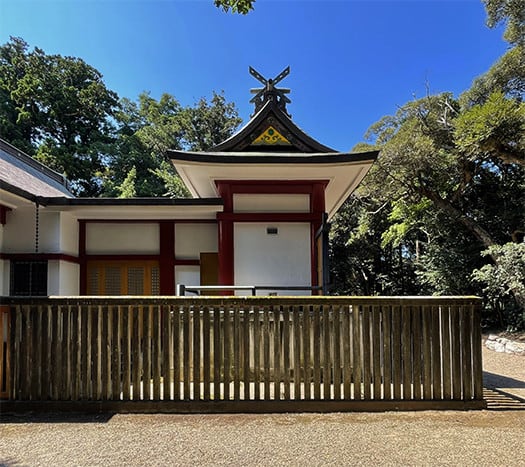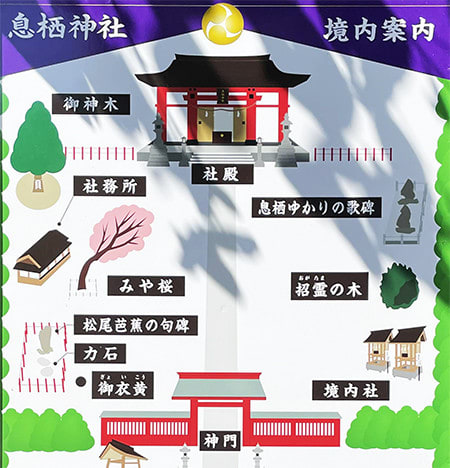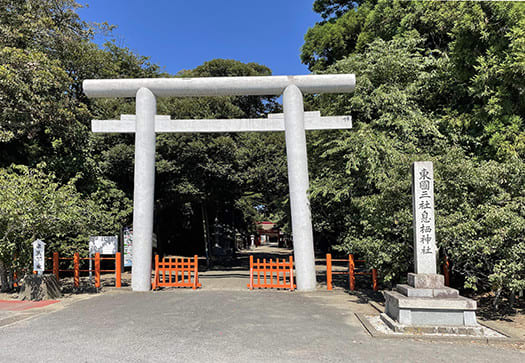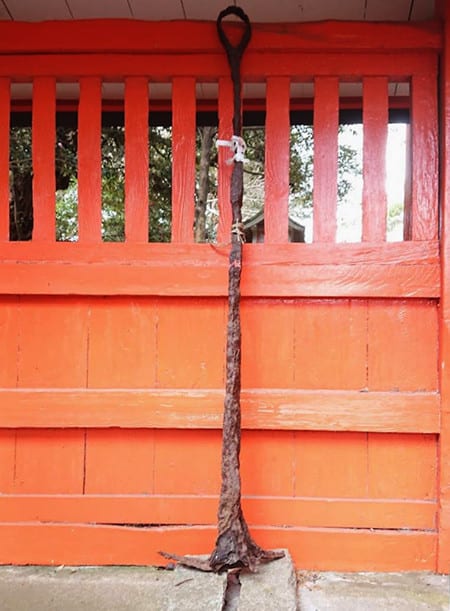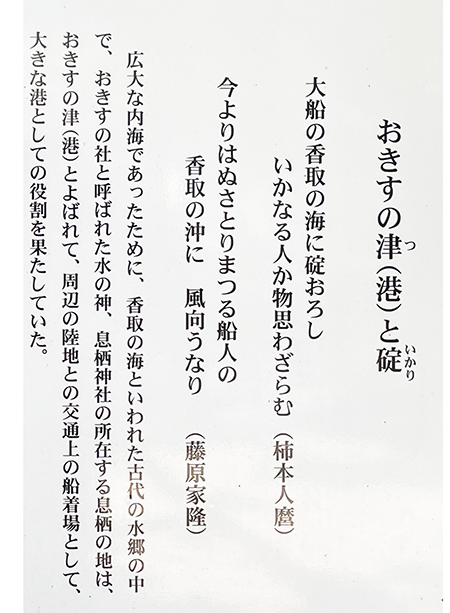

写真は、東京国立博物館中庭の茶室と、源平合戦図の水軍船の様子。
水軍船が水上を水面と交叉しながら櫂が水と会話している。主に「水の描写」をテーマとした絵図というように感じさせられる。戦争の一場面描写だけれど、瀬戸内の水に癒される。
例年ならば北海道はお盆を過ぎると一気に秋風が立って、やや肌寒い雰囲気が漂うところですが、ことしは「ありがたくも」本州以南地域のみなさんと季節感を共有させていただいています(笑)。
家は夏を旨とすべし、というのは兼行法師の有名な言葉ですが、北海道人には体感的にはやや理解しにくい部分があったのですが、日中、外を歩いていると無意識に木陰を求めることが続いていると、その心境がよくわかるようになって来ます。
写真上の茶室には豊かな植栽演出が施され、なお、庇の長い軒の出で日射遮蔽が作られ、その屋根の交叉ぶりが見た印象からは音楽的なシンフォニーを感じさせられる。人間の体感記憶とそのシンフォニーが同調して、建築的な「すずやかさ」が意図されていることが体感でもわかる。
建築デザインとしても、やはり「夏を旨とした」感覚への訴求が目指されていることが伝わってくるのですね。日本人の屋根のデザイン感覚にはそういった心理が基底に刷り込まれている。

わが家はコンクリートブロック外断熱が基本構造なので、夏は涼しい室内気候で過ごせますが、それでも屋外に出る場合は、やはり厳しい体力消耗を避けられない。そういった気候が8月にはほぼ継続しておりました。
で、茶室景観とはかなりの距離感がある。屋根はフラットが基本で第一、外壁に煉瓦を使ったりしているので、涼やかさを意図するということはない。
しかし「暑苦しげ」とは言えないのではないか。たぶん建築で「暑苦しい」と感じる外観デザインというのはあんまり共通認識がない。断熱材そのものと思える「茅葺き屋根」でも、暑苦しいというようには感じないのが一般的通念でしょう。むしろ過酷な日射から重厚に室内を守っている印象の方が強い。
あえて言えば北方型住宅の外観は「ニュートラル」と言うことなのでしょう。
ただ、通風性への配慮は外観デザインからは感じられないでしょう。一方の茶室建築の屋根のシンフォニーには日射と陰が作り出す「温度差」をできるだけ工夫して、感覚的にでも風を通したいという潜在欲求表現と感じさせられる。一方の煉瓦外壁からは通風性よりも密閉性は感じるでしょう。
ただ、一歩室内に入ると「おお」とクールダウン感に満たされる。なにもしないでも汗が一気にひいていく感覚が訪れてくれる。
さて長くシリーズ化した「東国三社」の神社訪問から、あした以降また違った建築探訪へ。
札幌では朝晩は涼感も出てきて、また虫の声も聞こえてきています。本州以南のみなさんへ、残暑お見舞い申し上げます。
English version⬇
[Seeking a cool atmosphere and appearance
The coolness of seeing a Tokyo teahouse in the heat of the summer heat. A roof symphony that is cool to the eyes. On the other hand, the northern-style house has a neutral design, and once you step inside, you are instantly cooled down. ・・・・.
The photo shows a teahouse in the courtyard of the Tokyo National Museum and a naval boat in the painting of the Genpei wars.
The oars are conversing with the water as the naval vessels cross the surface of the water. The theme of this painting is "depiction of water. Although it is a depiction of a scene from the war, the water of the Seto Inland Sea soothes me.
Usually, after the Bon Festival in Hokkaido, the autumn winds blow in and the air is a bit chilly.
The famous words of Kanegyo Hōshi, "A house should be built for the summer," have been somewhat difficult for Hokkaido people to understand from a physical point of view, but as I continue to unconsciously seek shade when I walk outside during the day, I can better understand his sentiments.
The tea house in the photo above has a rich planting direction, and yet the long eaves of the eaves create a sunshade, and from the impression of seeing its crossed roofs, one can feel the musical symphony of the roofs. The intersecting roofs create a musical symphony. The symphony is in tune with the human experience and memory, and the architectural "coolness" of the building is evident in the sensory experience.
You can tell that the architectural design also aims to appeal to the "summery" senses. Such a mentality is imprinted in the Japanese sense of roof design.
Our house is basically constructed with concrete block exterior insulation, so we can enjoy a cool indoor climate in the summer, but we still cannot avoid severe physical exertion when we go outdoors. Such climate was almost continuous in August.
So, there is quite a distance from the tea house landscape. The roof is basically flat, first and foremost, and bricks are used for the exterior walls, so it is not intended to be cool.
However, it cannot be said that it is "hot and humid". Perhaps there is no common perception of "hot and unsatisfactory" exterior design in architecture. Even a "thatched roof," which seems to be an insulator itself, is not perceived as "hot and unsafe. Rather, the impression that the interior is heavily protected from the harsh solar radiation is stronger.
I would venture to say that the appearance of a northern-style house is "neutral.
However, consideration for ventilation would not be felt from the exterior design. On the one hand, the symphony of the roof of the tea house architecture makes us feel that it is an expression of the latent desire to let the wind pass through, even if only sensitively, by devising as much as possible the "temperature difference" created by the sunlight and shade. From the brick exterior wall on the other hand, you will feel more airtightness than ventilation.
However, once you step inside, you will be filled with a cool-down feeling. Even if you don't do anything, you will feel your sweat disappear at once.
After the long series of visits to the "Three Shrines of Eastern Japan," we will move on to a different kind of architectural exploration in the coming days.
In Sapporo, the mornings and evenings are getting cooler and we can hear the sound of insects. To those of you in Honshu and southward, my best wishes for the lingering summer heat.













